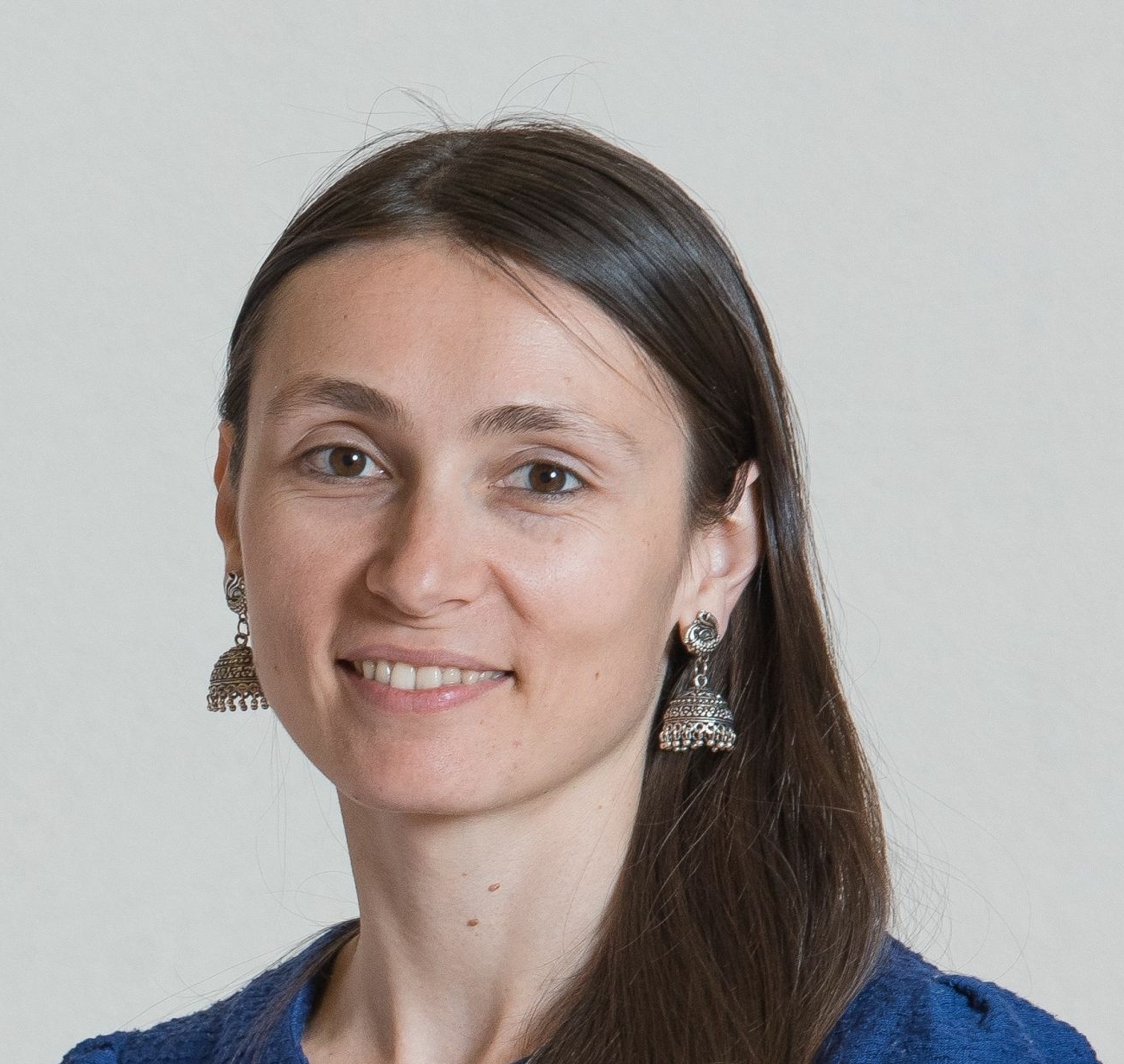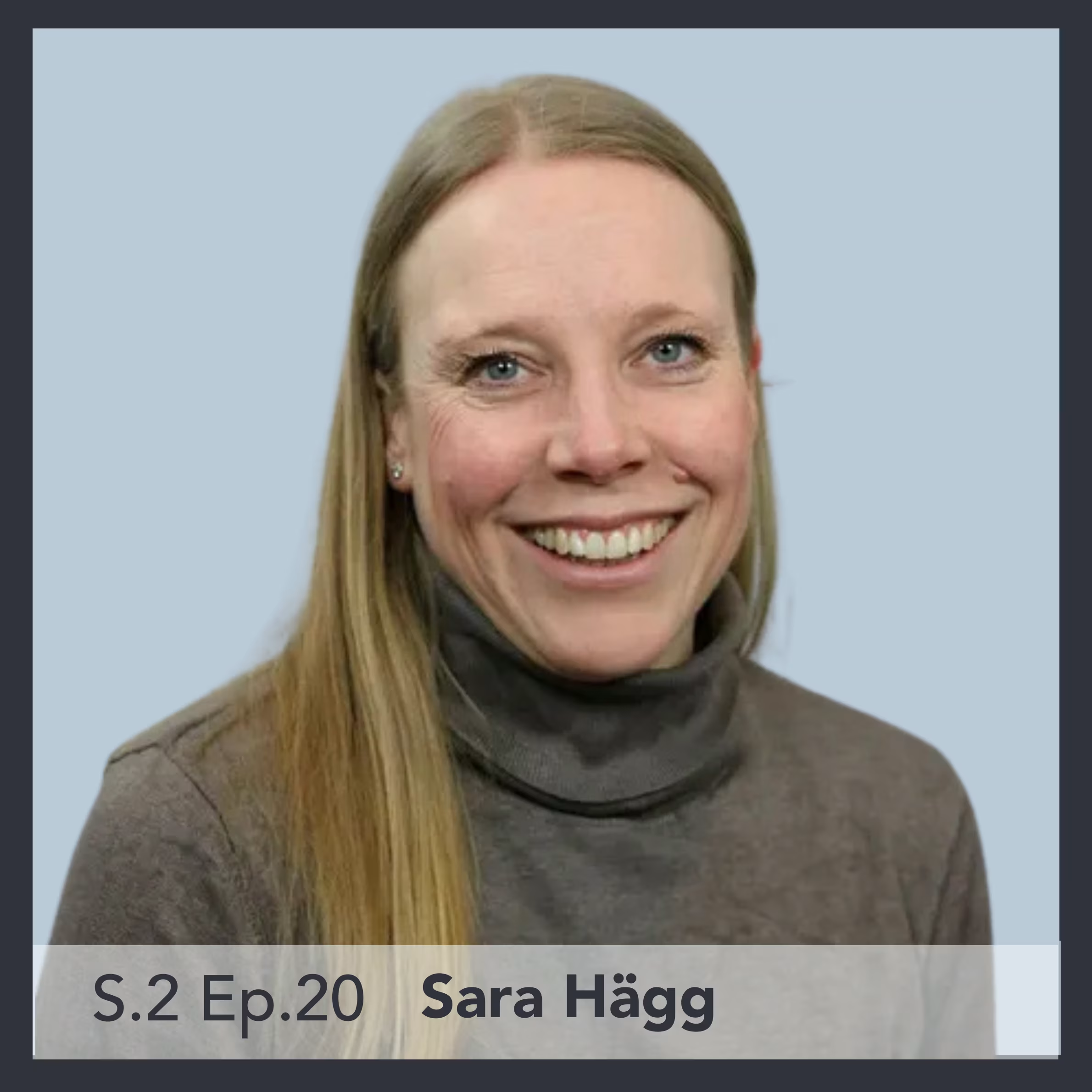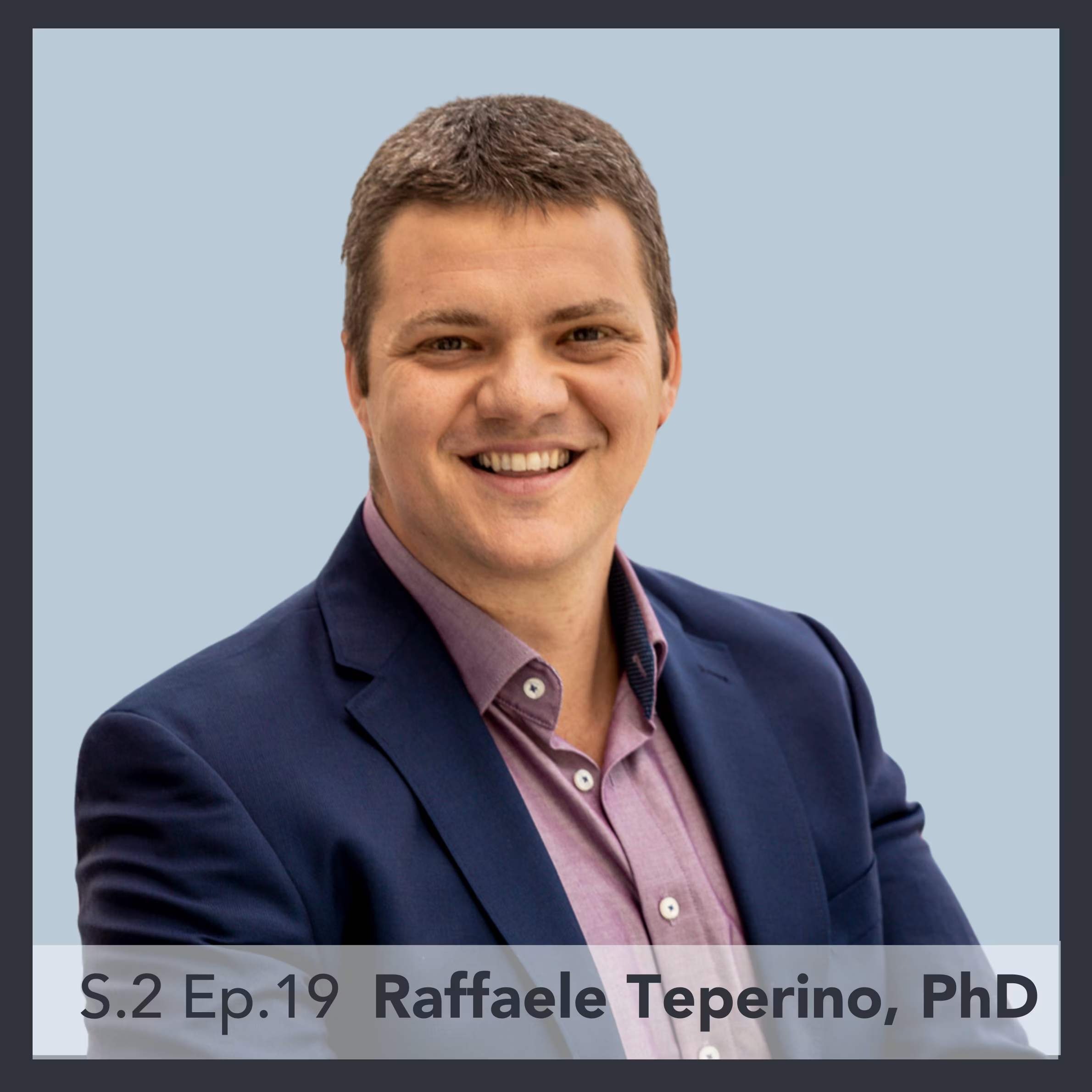Maintaining muscle mass is crucial for healthy aging, as it is closely linked to overall physical function and quality of life. As we age, our bodies naturally experience a decline in muscle mass and strength, known as sarcopenia. This loss of muscle mass can lead to a range of negative health outcomes, including decreased mobility, increased risk of falls and fractures, and decreased metabolic rate. Additionally, loss of muscle mass can contribute to chronic conditions such as obesity, diabetes, and cardiovascular disease. By developing an epigenetic clock for skeletal muscle, Dr. Voisin and her colleagues have identified specific methylation patterns that are associated with muscle aging. This research not only sheds light on the biological mechanisms behind sarcopenia, but may also provide new targets for interventions aimed at preserving muscle mass and function in older adults.
In this week’s Everything Epigenetics podcast, Dr. Sarah Voisin and I focus on her 2020 paper which describes her development of a human muscle-specific epigenetic clock that predicts age with better accuracy than the pan-tissue clock. Yes – you heard that right… better accuracy than Dr. Steve Horvath’s 2013 clock. Dr. Voisin and I also chat about the importance of skeletal muscle and how this relates to epigenetics and aging, the power of machine learning, and how identifying which methylation positions change as we age may give us insight into the underlying reason as to WHY we age rather than just HOW. She is now focused on creating an atlas of epigenetics for all human tissues at the cellular level by combining 75,000 DNA methylation profiles across 18 tissues.
In this podcast you’ll learn about:
– How Dr. Voisin got her start in statistics and biology
– The importance of skeletal muscle tissue and how this relates to Epigenetics and Aging
– When to start exercising and moving your body
– The importance of weight lifting
– How often we should be moving our body
– Why Dr. Voisin decided to develop this type of Epigenetic Clock
– The limitations of the Horvath 2013 Clock as it relates to skeletal muscle
– The complications of data mining
– The importance of collaboration and data sharing
– How Dr. Voisin created her skeletal muscle-specific Epigenetic Clock
– The power of machine learning
– How her skeletal muscle clock outperforms Dr. Steve Horvath’s 2013 pan-tissue Clock
– Dr. Voisin’s epigenetic wide association studies (EWAS) she performed
– Differentiated methylated positions (DMPs) in this study
– Differentiated methylation regions (DMRs) in this study
– The utility/application of the skeletal muscle Epigenetic Clock
– Dr. Voisin’s next big project (I’m so excited about her next project!!!)
– MEAT (muscle epigenetic age test)




